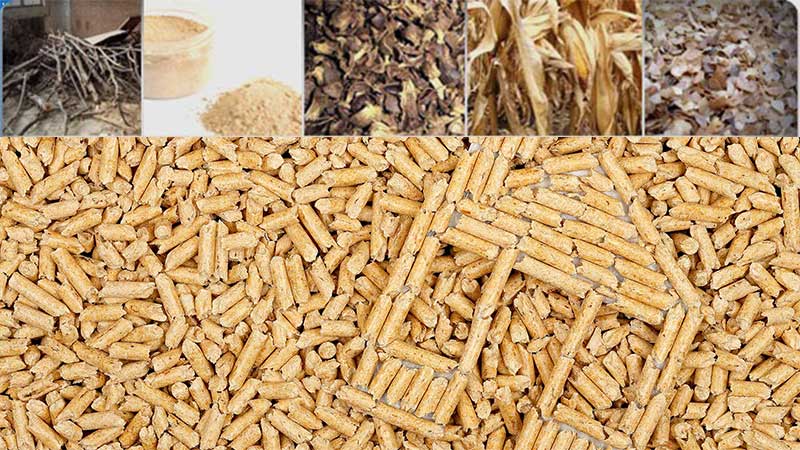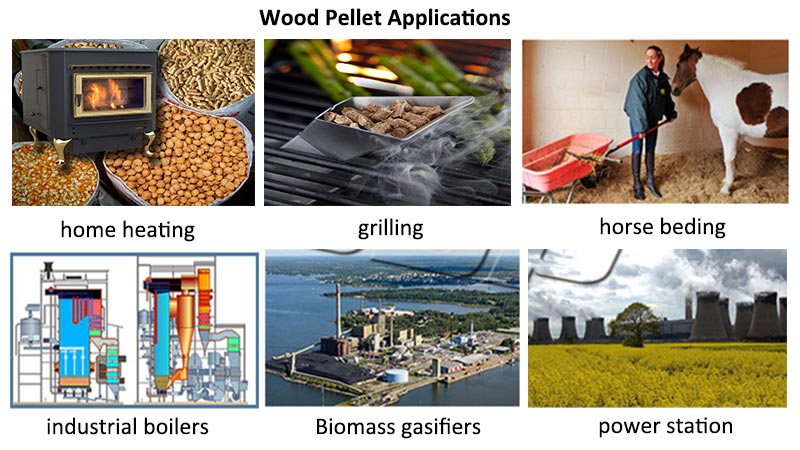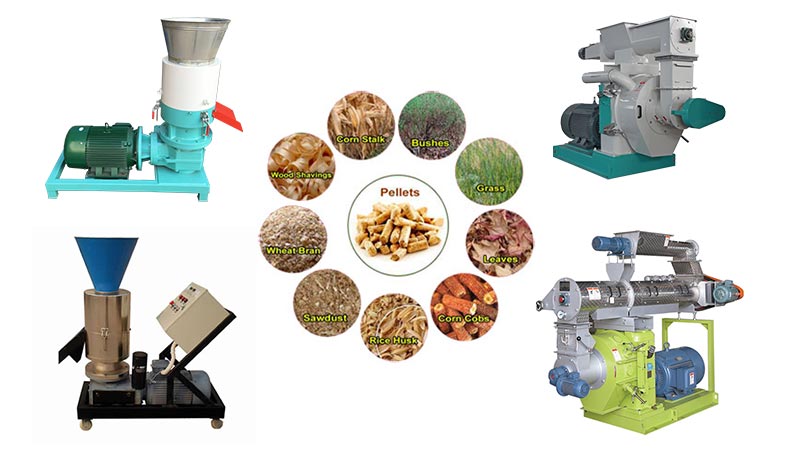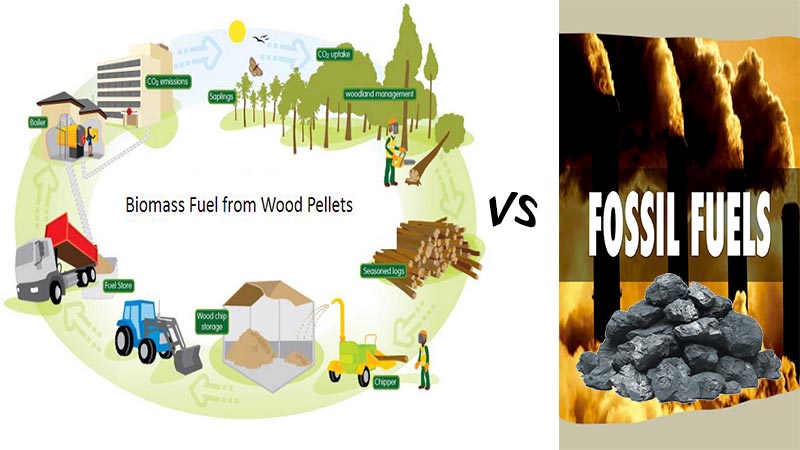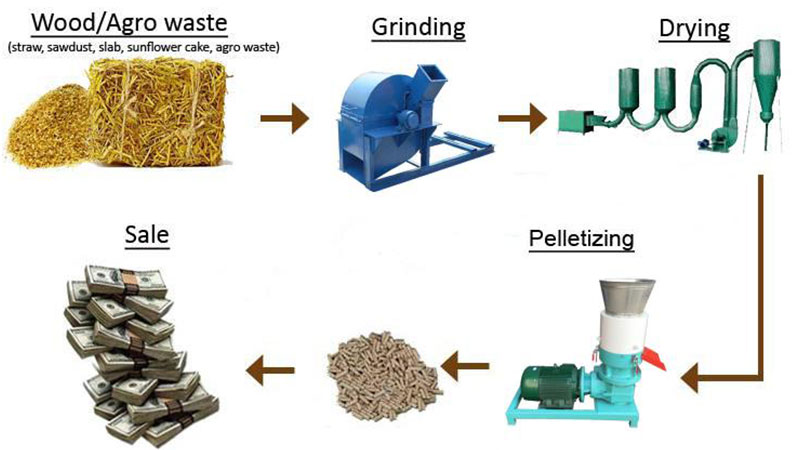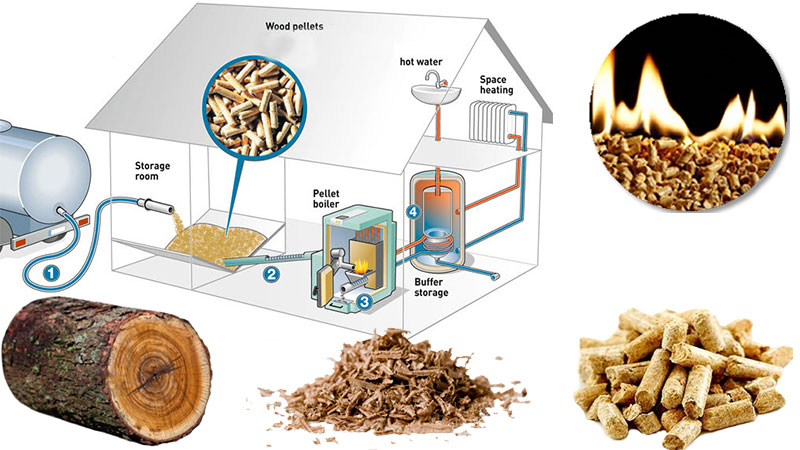To achieve the goal of “ low carbon, green growth”, South Korean government now is making all its efforts to minimize its energy and resources consumption and further to minimize CO2 emissions. Thereby the import of biomass in South Korea will increase significantly and the wood pellets import occupies an big proportion.
Wood Pellet Application in South Korea
Korean’s wood pellet market began with installation of pellet boilers in the country in the space heating sector.In 2007, 150 pellet boilers were installed in Korea and the figure increased to 600 in 2008. While in 2011, the boilers installed in Korea amount to 6000, which is 10 times of that in 2008. The increasing boilers surely brought the domestic demand of wood pellets. The domestic pellet consumption was estimated at 27,000 tons in 2010.
Except using wood pellets for heating, wood pellets are also demanded in power stations and animal bedding. A power company in Korea last year sought for about 15,000 metric tons of pellets to co-firing in power sector. And wood pellets are also used for animal bedding sectors and in 2010, about 1,000 tons of wood pellets were imported from Canada for the using of animal bedding.
|
|
|
|
|
Wood Pellet Import in South Korea

Compared with the low production capacity, wood pellet demand is really high. According to estimation, demand in Korea will hit 5 million tons by 2015 and 10 million metric tons by 2022. To meet the demand, large quantity of wood pellets would be imported. In the following decades about 75% or more wood pellets consumed in Korea will be imported according to the government’s estimation. In July 2011, Canada exported 50,000 tons of wood pellets to South Korea and the Australian producer, Plantation energy also plants to more than 1.5 million metric tons of wood pellets to Korea. At the same time, some of the major energy companies are also exploring opportunities to import pellets from Australia, Vietnam, Indonesia, the Philippines, Canada and the US and Canada has planted to sign long term business deals with South Korea and has great confidence to expand their market in Korea.
Except for importing wood pellets from other countries, companies in South Korea have also took other actions to meet their high consumption of wood pellets, for example, to produce wood pellets in other countries and send them back into South Korea. The LG company in South Korea has obtained 200,000 hectares of forests in Kalimantan, Indonesia in 2009 where a sit had been set to produce both wood pellets and wood pulp.
For the future of South Korean wood pellet market, wood pellet import will continue increasing, however, a flexible South Korean wood pellet market will be the new market trend in the following years.
